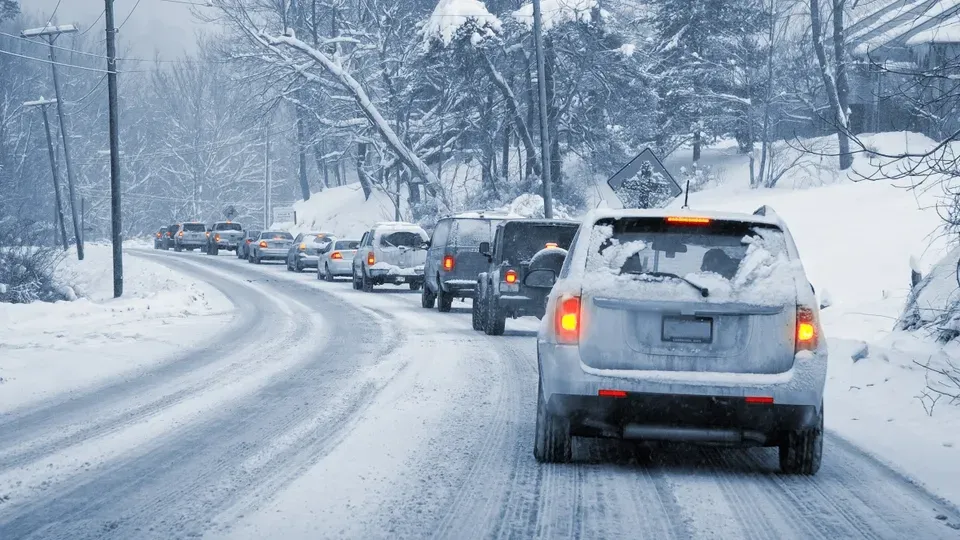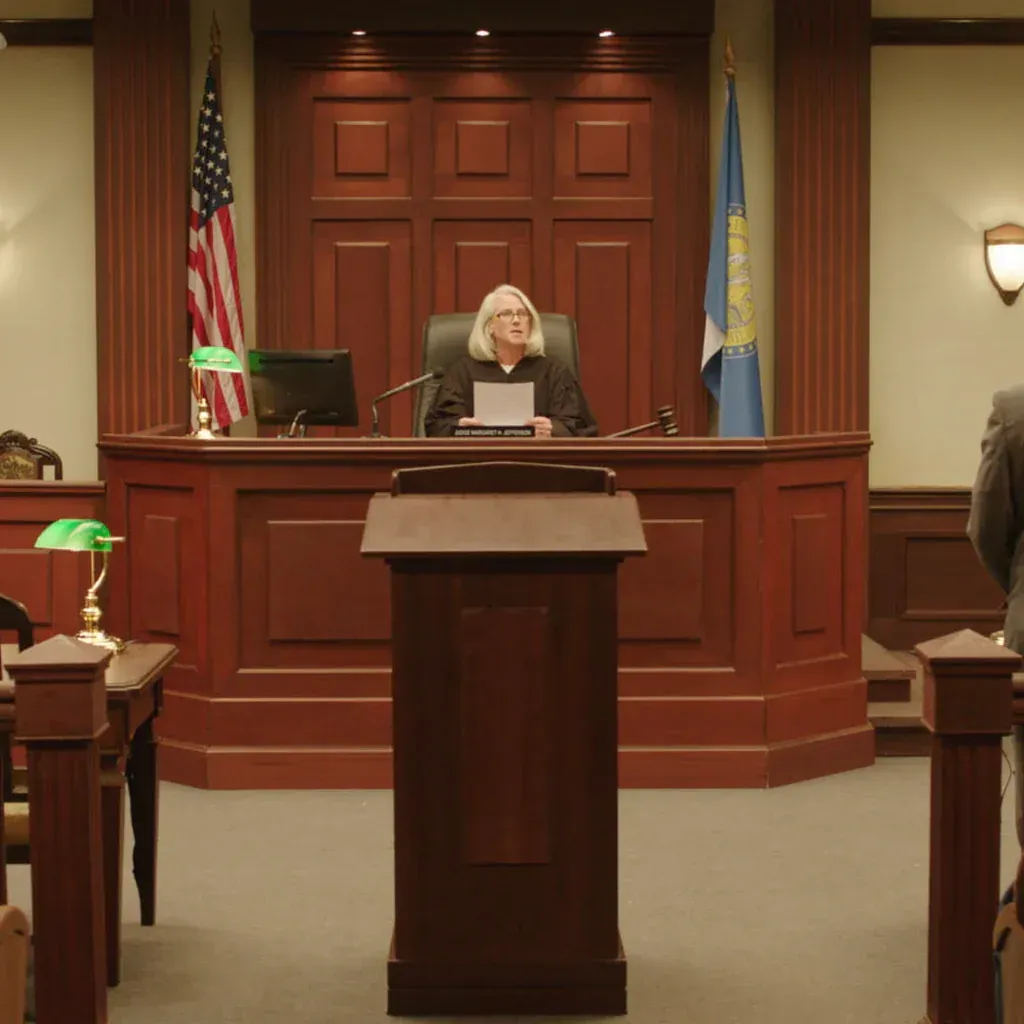Navigating Winter Roads: A Guide to Safe Driving in Snow and Ice
Navigating Winter Roads: A Guide to Safe Driving in Snow and Ice

Navigating Winter Roads: A Guide to Safe Driving in Snow and Ice
As
the winter season arrives, the scenic snowfall and icy landscapes bring
about a stunning transformation. However, for drivers, it also signals
the onset of hazardous road conditions. Snow and ice can significantly
increase the risk of accidents and injuries on the road, making it
crucial for everyone to understand how to navigate these challenges
safely.
At [Law Firm Name], we are dedicated to ensuring the
safety and well-being of individuals, especially during precarious
driving conditions. With our expertise in personal injury law, we have
witnessed the devastating consequences of winter-related accidents. To
help you stay safe, here are essential tips for driving in snow and ice.
1. Prepare Your Vehicle:
Before
hitting the road, ensure that your vehicle is winter-ready. This
includes checking tire tread and pressure, ensuring proper fluid levels,
and inspecting the brakes and battery. A well-prepared vehicle is the
first line of defense against winter driving hazards.
2. Slow Down:
Reducing
speed is crucial when driving in snow and ice. It allows for better
traction and provides more time to react to unexpected situations.
Accelerate and decelerate gradually to avoid skidding, and maintain a
safe following distance from other vehicles.
3. Practice Gentle Maneuvers:
Abrupt
movements can lead to loss of control on slippery roads. Make gentle
steering adjustments and avoid sudden braking to minimize the risk of
skidding. If your vehicle starts to slide, gently steer into the
direction of the skid to help regain control.
4. Stay Informed:
Keep
an eye on weather forecasts and road conditions before embarking on a
journey. If possible, delay travel when conditions are particularly
treacherous. Staying informed about potential hazards can help you make
safer decisions.
5. Use Proper Lighting:
Visibility is often
reduced during snowfall, so ensure that your headlights, taillights, and
turn signals are all functioning properly. Use low-beam headlights to
improve visibility and make your vehicle more conspicuous to others on
the road.
6. Clear Snow and Ice:
Before driving, take the time
to clear all snow and ice from your vehicle. This includes the
windshield, windows, lights, and the roof. Snow blowing from your
vehicle can obstruct your vision or that of other drivers, posing a
serious danger.
7. Be Cautious on Bridges and Overpasses:
These
structures tend to freeze first and thaw last, making them particularly
hazardous in cold weather. Approach them with extra caution and avoid
sudden movements while crossing.
8. Know When to Stop:
If
conditions deteriorate to the point where driving becomes unsafe, find a
safe place to pull over and wait for conditions to improve. It's better
to arrive late than to risk an accident due to dangerous driving
conditions.
While these tips can help mitigate the risks of
winter driving, accidents can still occur despite taking every
precaution. If you find yourself injured in a winter-related car
accident due to someone else's negligence, it's essential to seek legal
guidance promptly.
At [Law Firm Name], we are committed to
providing expert legal representation for personal injury cases. Our
experienced team understands the complexities of such situations and
will work tirelessly to ensure that you receive the compensation you
deserve.
By following these driving tips and knowing your rights
in the event of an accident, you can navigate winter roads with
confidence and stay safe during the chilly months ahead. At [Law Firm
Name], your safety is our priority, and we are here to support you every
step of the way.









